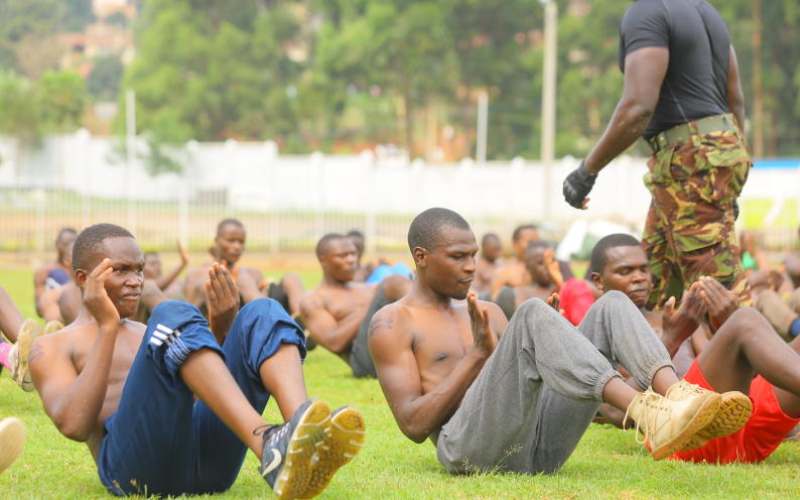×
The Standard e-Paper
Home To Bold Columnists

Recruits undergo physical exercises at Gusii stadium during Kisii Central Kenya Defense Forces recruitment. [Sammy Omingo, Standard]
A few decades ago while growing up within the environs of military barracks in Nanyuki town I remember my deep admiration of the disciplined forces. The military formations in Nanyuki — the Kenya Defence Forces (KDF), the Army and Airforce as well as the British Army training units — have a special place in the hearts of the Nanyuki folk and beyond.